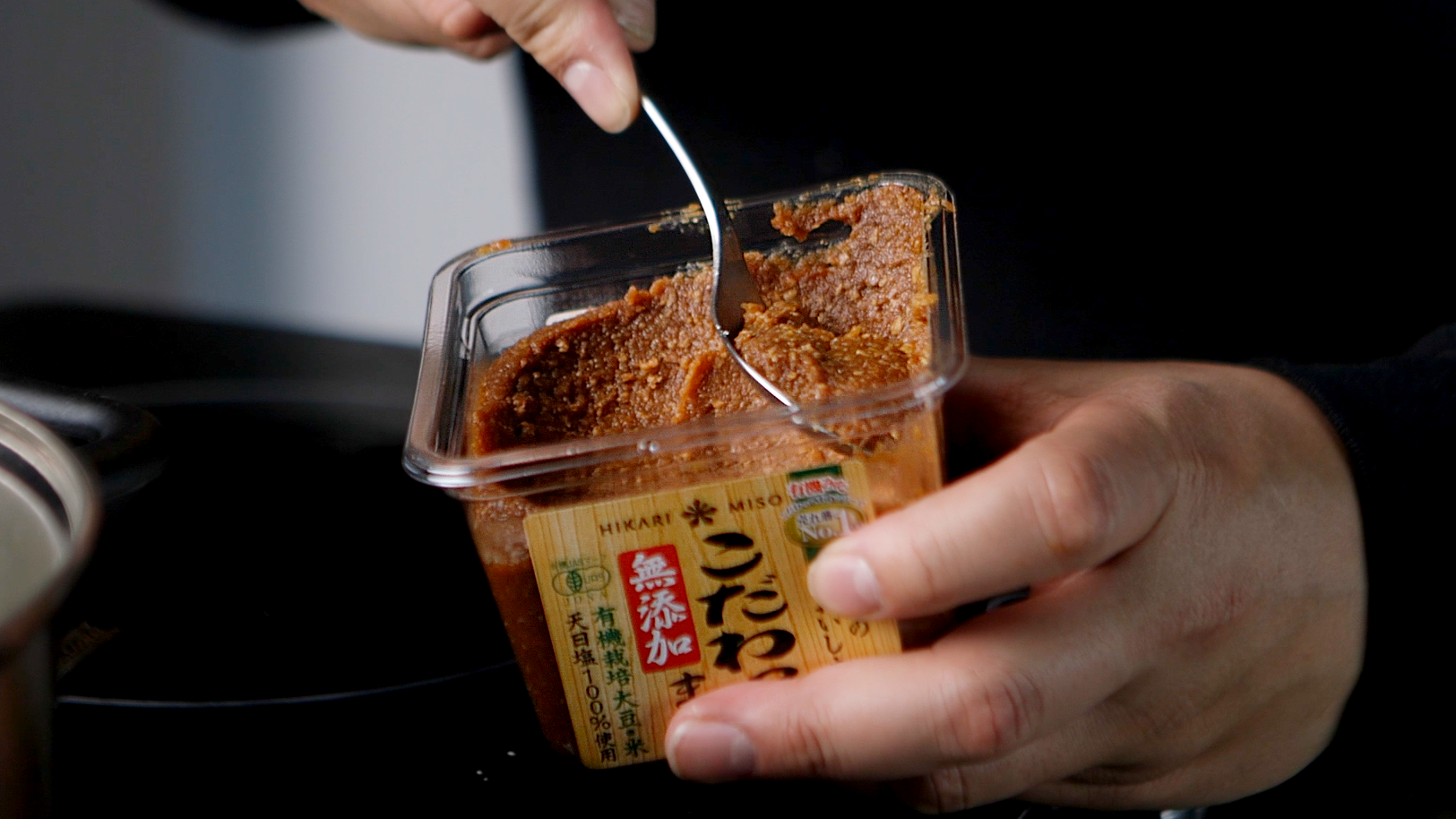Everything You Need to Know About Miso: A Culinary Staple from Japan
Miso, a traditional Japanese seasoning, has transcended its cultural roots to become a global culinary favorite. Known for its rich, complex flavors, miso is a versatile ingredient that adds depth to a variety of dishes. In this comprehensive guide, we'll explore what miso is, its health benefits, and how you can incorporate it into your cooking to not only enliven your meals but also boost your health.
What is Miso?
Miso is a fermented paste made from soybeans, salt, and koji (a type of fungus), and sometimes mixed with other ingredients such as rice, barley, or rye. The fermentation process can range from a few weeks to several years, leading to a wide variety of miso types, each with its own unique flavor, aroma, and color.
The Health Benefits of Miso
Rich in essential nutrients, miso is more than just a flavorful addition to meals. It's packed with probiotics due to the fermentation process, promoting a healthy gut microbiome.
Different types of Miso Paste
Miso paste, a fundamental ingredient in Japanese cuisine, comes in three primary varieties: white, red, and mixed. White miso, also referred to as shiro miso, is characterized by its mild and sweet flavor, making it an excellent choice for light soups and dressings. This variety undergoes a shorter fermentation process which contributes to its lighter taste and color. On the other hand, red miso, known as aka miso, is subjected to a longer fermentation period. This not only darkens its color to a deep red but also intensifies its flavor, resulting in a robust taste rich in umami, perfect for heartier dishes. Mixed miso, or awase miso, creatively combines the qualities of both white and red miso, offering a balanced flavor profile that can enhance a wide range of dishes. This versatility makes it a favorite among those who enjoy both the subtlety of white miso and the depth of red miso.
Our selection extends far beyond the traditional (organic) white and red Miso, offering a diverse range of options to suit any palate:
- Shinshu Miso: Shinshu Miso is yellow in color, and gives excellent balance of refreshing aroma and umami. Shinshu Miso is most commonly available in Japan.
- Inaka Miso: Inaka Miso is bright red in color. Long fermentation process creates it distinct, deep, and rich taste, with strong miso aroma. Typical Shinshu Miso tradition with long fermentation process. Inaka Miso is originally the farmer’s home-made miso in old days in Japan, typically dark brown in color and robust umami, coming from long fermentation period at home.
- Organic Saikyo Sweet Miso: Organic Miso Saikyo Sweet is made from organic rice and soybeans, with off-white in color. Using as marinades and sauces, strong sweetness highlights the flavor of fish, meat, poultry, and vegetables. Perfect use for Japanese exquisite Kaiseki
- Hatcho Miso: Aged for 18 months, this dark red miso boasts a deep, intense flavor that adds complexity to broths and stews.
- Koji Miso: This special variety combines koji and whole soybeans, resulting in a rich, earthy flavor that pairs well with roasted vegetables and dressings.
- Low-Sodium Miso: For those watching their salt intake, low-sodium miso is a great alternative that doesn't compromise on flavor.
- Aged Red Miso: This aged miso undergoes longer fermentation than most regular miso, yielding a potent and rich umami taste that enhances the complexity of any dish.
Our most popular Miso pastes:

Incorporating Miso into Your Cooking
Miso, with its distinctive umami flavor, serves as a versatile ingredient that can elevate the taste of various dishes in the kitchen. Its rich, savory taste adds depth and complexity to recipes, making it a favorite among chefs and home cooks alike. Here are some innovative ways to incorporate miso into your culinary creations, adding a burst of flavor that can transform even the simplest dish into something extraordinary.
Miso Soup
Perhaps the most famous miso-based dish, miso soup is a staple in Japanese cuisine. It's comforting, easy to make and nutritious! Here's our refined recipe for creating a truly comforting bowl of miso soup!
Marinades and Glazes
Miso paste makes for an excellent marinade or glaze for meats, fish, and vegetables. Its rich flavor penetrates the food, adding a savory depth that enhances the dish. Try our Negi Miso recipe – a versatile sauce perfect as a marinade, glaze, or dip, boosting dishes with its rich flavors.
Salad Dressings
Whisk together miso with a bit of vinegar and oil to create a delicious, umami-packed salad dressing. It's a simple way to add a burst of flavor to fresh salads.
Adding Depth to Vegetarian and Vegan Dishes
Miso can be a secret weapon for boosting the flavor profile of vegetarian and vegan dishes. Adding miso to soups, stews, and sauces brings a richness that can sometimes be missing from plant-based meals.
How to store Miso
To extend the shelf-life of miso and preserve its quality, proper storage methods are crucial. Unopened miso paste, when stored in a cool and dark place like a pantry or a cupboard, can maintain its freshness for up to one year, making it a durable staple for your kitchen. Upon opening, it's important to transfer the miso paste into an airtight container if it's not already in one. This step is vital to prevent moisture and other contaminants from affecting its quality. Then, place it in the refrigerator where the cooler temperatures will help slow down any fermentation process that could spoil the miso. In these conditions, opened miso can last for up to six months, ensuring you can enjoy its unique flavor in your cooking for as long as possible.




 New Arrivals
New Arrivals
 Outlet
Outlet
 Search by country
Search by country
 Search per category
Search per category
 Holiday Season
Holiday Season
 Recipes
Recipes
 Tjin's Blog
Tjin's Blog









